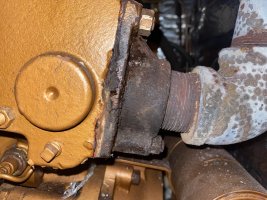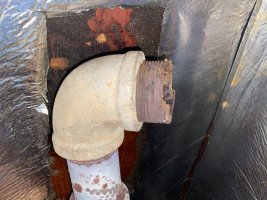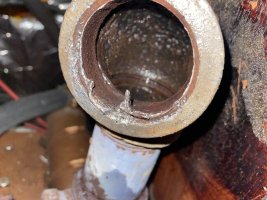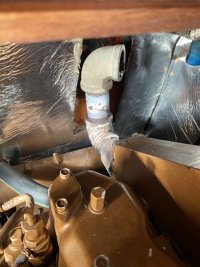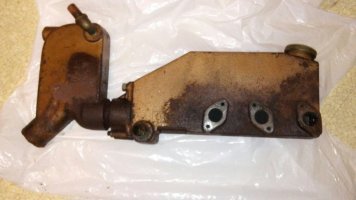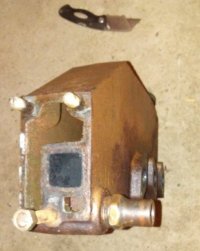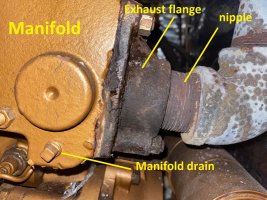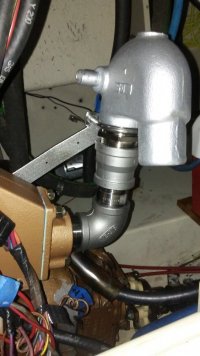Marie,
Well, maybe your video shows steam. If true, that's better than smoke. (Actually, as a result apparently of temporary site migration issues, your video now displays not either, but instead my friend Olivia Wyatt in a music video--at least on my computer).
I have steam in the exhaust ,too. Also, not as much water burping out of the exhaust as expected. That prompted me this week to rip out my entire cooling system to replace all hoses and revise the heat exchanger/water heater path. Overkill, no doubt.
As Bob says, often steam is result of not enough raw water entering the exhaust system. That may just mean servicing the heat exchanger, or finding some other constriction in the raw-water cooling circuit.
I'll report next week on whether my steam is reduced by a clean heat exchanger.
Oh, and your rpm is lower than expected*, even with a 3-blade (*if you have the typical Universal 5432; mine runs at 2300-2500 cruising, Wide Open Throttle is 2800). Often tachometers are incorrectly calibrated. If you can make the expected 6-7 knots, that might be it. At only 1700 rpms I'd be making about 5 knots with my 3-blade Michigan prop.
Well, maybe your video shows steam. If true, that's better than smoke. (Actually, as a result apparently of temporary site migration issues, your video now displays not either, but instead my friend Olivia Wyatt in a music video--at least on my computer).
I have steam in the exhaust ,too. Also, not as much water burping out of the exhaust as expected. That prompted me this week to rip out my entire cooling system to replace all hoses and revise the heat exchanger/water heater path. Overkill, no doubt.
As Bob says, often steam is result of not enough raw water entering the exhaust system. That may just mean servicing the heat exchanger, or finding some other constriction in the raw-water cooling circuit.
I'll report next week on whether my steam is reduced by a clean heat exchanger.
Oh, and your rpm is lower than expected*, even with a 3-blade (*if you have the typical Universal 5432; mine runs at 2300-2500 cruising, Wide Open Throttle is 2800). Often tachometers are incorrectly calibrated. If you can make the expected 6-7 knots, that might be it. At only 1700 rpms I'd be making about 5 knots with my 3-blade Michigan prop.
Last edited:


